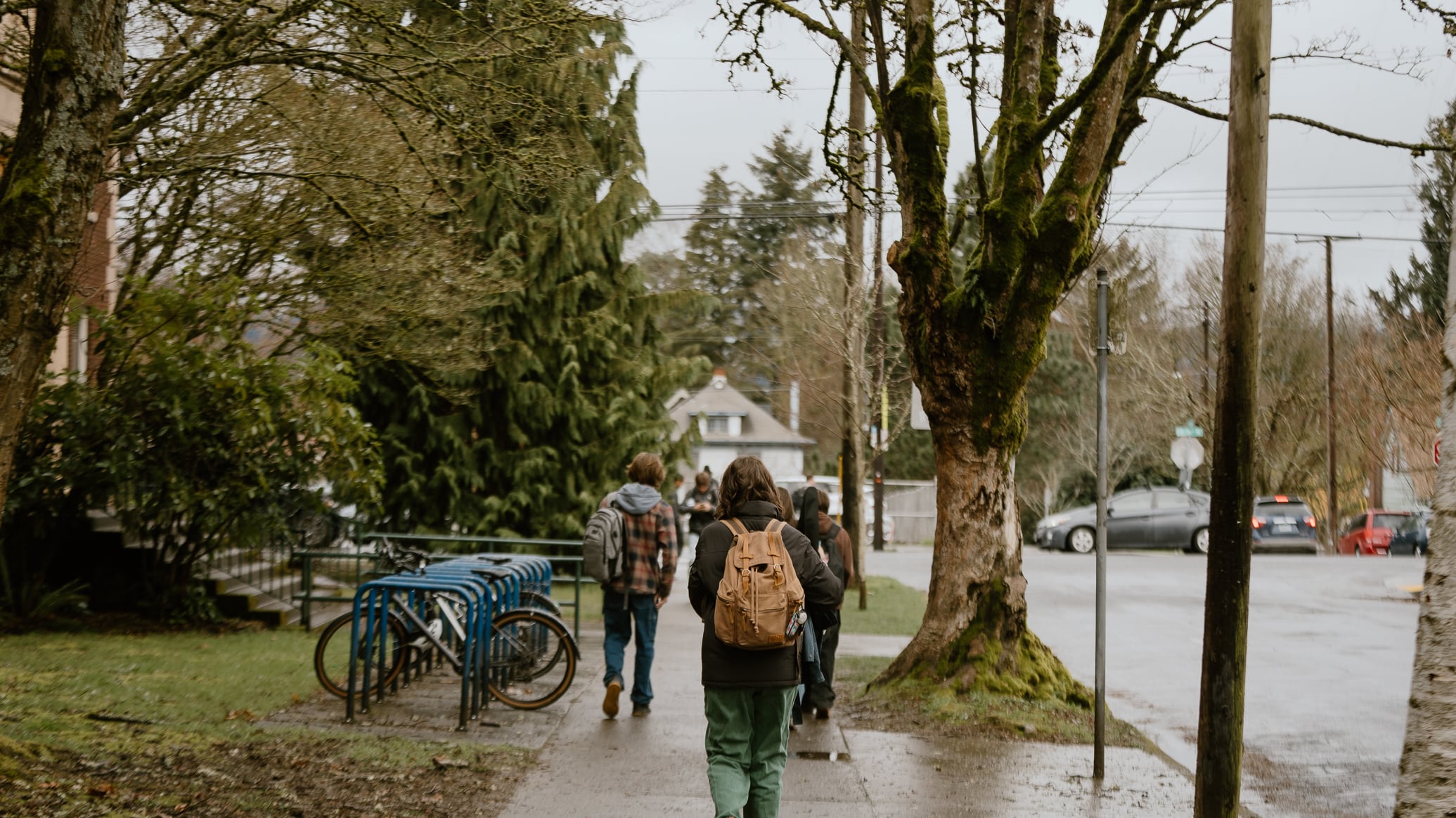Portland Public Schools saw returns to pre-pandemic levels of proficiency in the Oregon Statewide Assessment results from the 2024–25 school year. That’s good news, especially as statewide results indicate other students in Oregon are showing few signs of growth.
But even as the district as a whole has moved forward, PPS is still not meeting many of the goals established by the Portland School Board to reduce racial disparities in student outcomes.
The School Board has long tried to tackle racial achievement gaps in PPS by setting growth goals for Asian, Black, Native American, Latinx and Pacific Islander students across third grade reading, fifth grade mathematics, and eighth grade readiness. (The board targets vary between racial groups, but typically look for a one to six percentage point increase in results.) White students still continue to vastly outperform their peers of color.
There were gains across most student groups in PPS, though those gains fell short of the more ambitious targets set by the School Board. For example, while the board goal for Black student reading was to see a 5.5 percentage point increase over the previous year, Black students saw a 1.5 percentage point increase.
PPS Superintendent Dr. Kimberlee Armstrong highlighted small growth as optimistic, while acknowledging there’s still work left to be done. She said scores will need to improve by more substantial percentage points to be considered “substantial growth”
“I think now what we claim is that there is growth and we have consistent growth over time,” she said. “We’re not yet at the place where we can say we have substantial growth. And it’s substantial growth that is what’s going to close the gaps that we have.”
In a Tuesday night presentation to the School Board, district leaders outlined that their response will include creating a districtwide improvement plan, meant to establish shared goals and greater monitoring and support for all schools across PPS. Chief of Schools Dr. Isaac Cardona shared that the district is building more collaboration between its schools, so that principals are aligned on the data that will help make students successful.
Board members, on the whole, tried to brainstorm ways to incentivize students to try harder on the tests and praised the district on its steps to use data for more positive change.
At an Oct. 2 press conference about the statewide assessment, PPS’s chief accountability and equity officer Dr. Renard Adams said lagging outcomes from students of color are a reflection of the “remnants of systemic racism” and that change has to come from the inside out.
“What we continue to do is work on our racial equity, help our staff, through training, understand where their biases may be,” Adams said. “And we continue to insist that everybody hold themselves and every student to high expectations.”

